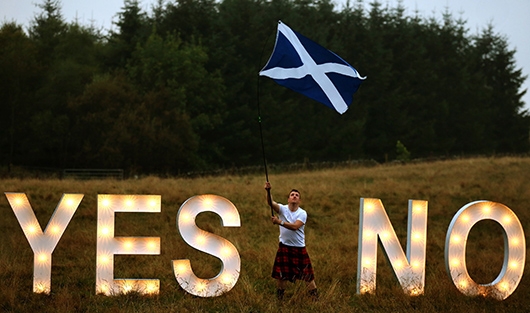- and is aimed at uniting Ukraine and Europe through doll-making.
The exhibit will run until November 20, 2021. Entry to the museum is regulated by anti-covid restrictions.




The Motanka doll is faceless; the cross symbolizes the unity of heaven and earth, four cardinal points, four seasons, and the sun. The doll is an amulet, so it cannot have a human appearance, protects its owner(s), and brings fertility to the homestead.
These dolls are usually made of natural materials such as hay, straw, wood, herbs, dry leaves, grains, seeds and are filled with fragrant herbs and decorated with traditional ornaments and embroidery.
Today, Motanka dolls have became a popular gift idea for various holidays and weddings, baby showers, engagements, and even funerals. The wedding Motanka doll helps brides turn away the evil eye and supports them during their marriage. At the birth of a child, relatives often offer a Motanka doll that lies in the child’s bed in order to protect the newborn’s sleep and health.

Trending Now



The motanka figure as reflected in Marta Pitchuk’s incredibly vibrant art









